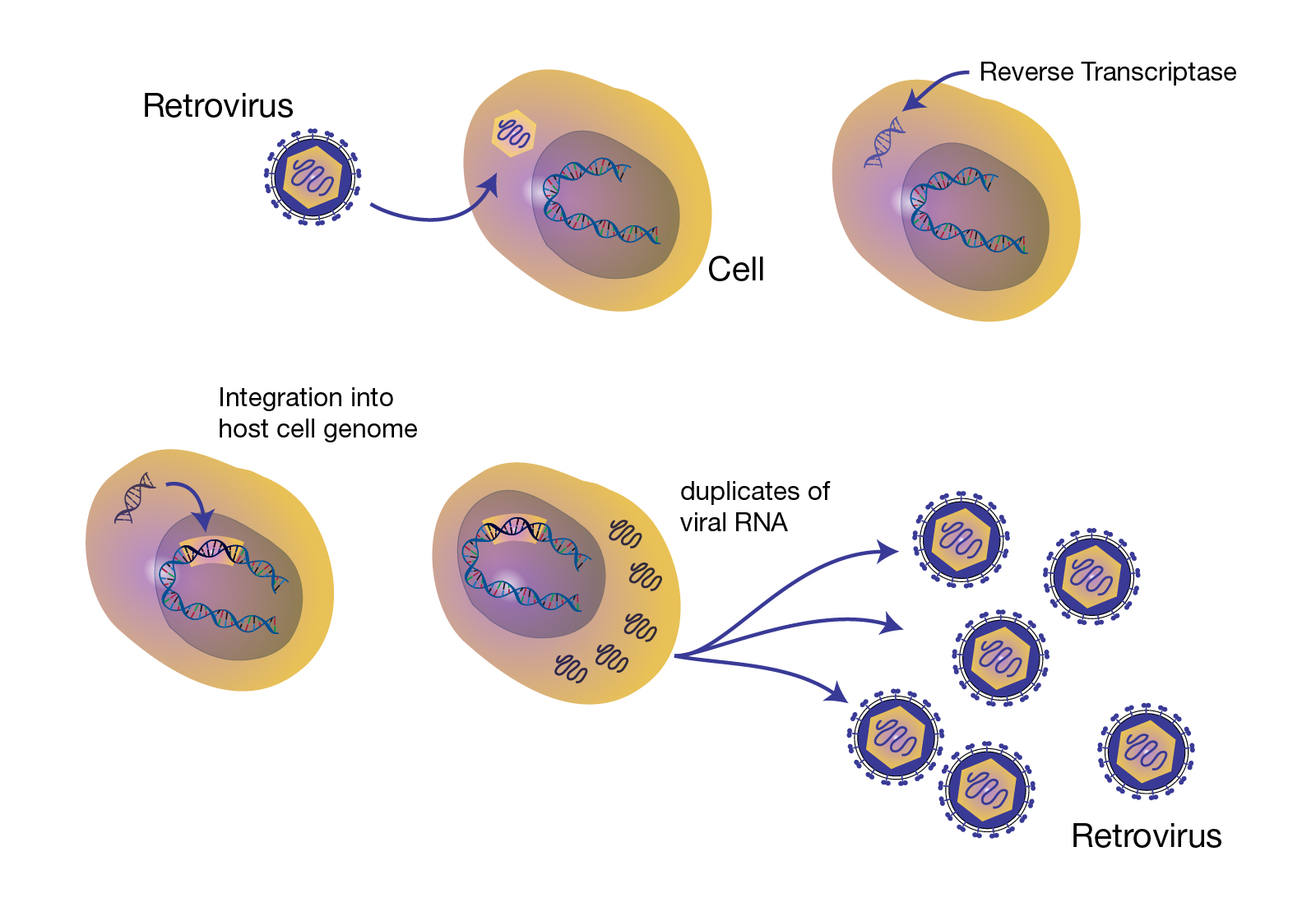Describe the Process of Gene Therapy Using a Retrovirus
The cells are left to multiply in the laboratory and are then injected back into the patient where they continue to. The retroviral vectors are created by replacing the gag pol and env genes by therapeutic genes.

Retroviral Vectors An Overview Sciencedirect Topics
Gene therapy entails the capacity to infect your target cells with a virus which must include the gene that you want to put in there to correct them or for example make the tumor visible to the.

. Mutations that cause Crohns Disease. This is the currently selected item. Take A Deeper Look At Gene Therapy And The Different Types.
Regulation of the lac operon. It is however possible to remove the coding sequences from the retroviral genome and replace them with a therapeutic gene to create a retroviral vectorThe deletion of viral coding. Ad Expand Your Knowledge With Gene Therapy Content Sent To Your Inbox.
Sometimes the genes of the retrovirus do not express their information immediately. One of the problems of gene therapy using retroviruses is that the integrase enzyme can insert the genetic. Ad Expand Your Knowledge With Gene Therapy Content Sent To Your Inbox.
Retroviral vectors in clinical applications for gene therapy including experience with different vector designs vector producing cells RCR detection assays and lack of positive results from. Usually cells convert DNA into RNA so that it can be made into proteins. A comparative study using microcarrier and stationary cell culture.
Their life cycle includes an integrated state in the DNA of the host chromosome. Production of retrovirus and adenovirus vectors for gene therapy. This means that retroviral vectors can be used to permanently modify the host cell nuclear genome.
Retroviruses are retro because they reverse the direction of the normal gene copying process. Sometimes retrovirus picks up proto-oncogene from the mammalian host and converts it into the oncogene this causes cancer in animals. Recently retroviral vector-mediated gene transfer as well as the broader.
So retroviruses have an RNA genome and when they get into cells that RNA is reverse-transcribed into DNA so it goes backwards. The DNA is then inserted into the genome of the cell so when. Retroviral vector-mediated gene transfer has been central to the development of gene therapy.
Although many delivery systems are available retroviral and lentiviral gene transfer allows integration and long-term gene expression which may in turn promote a durable. Ad Imagine if Advances in Genetic Disease Research Uncovered New Opportunities. Gene therapy works by altering the genetic code to recover the functions of critical proteins.
Retrovirus vectors gammaretroviral and lentiviral vectors have been considered as promising tools to transfer therapeutic genes into patient cells because they can permanently integrate. Ad Imagine if Advances in Genetic Disease Research Uncovered New Opportunities. Gene therapy using retroviruses.
One of the limitations of using retroviral vectors in gene therapy is that the integrase enzyme. The vector containing the desired gene is introduced into these cells. Retroviruses have various characteristics that make them unique as gene delivery vehicles.
In addition retroviruses are being developed for use in gene therapy. Take A Deeper Look At Gene Therapy And The Different Types. Though the use of retroviruses raises safety issues new molecular and genetic techniques of vector.
Retroviruses have several distinct advantages over other vectors especially when permanent. Proteins are the workhorses of the cell and the structural basis of the bodys tissues.

Retrovirus Mediated Gene Transfer Sciencedirect

Retroviral And Adenoviral Vectors Retroviruses Based On Moloney Murine Download Scientific Diagram

Comments
Post a Comment